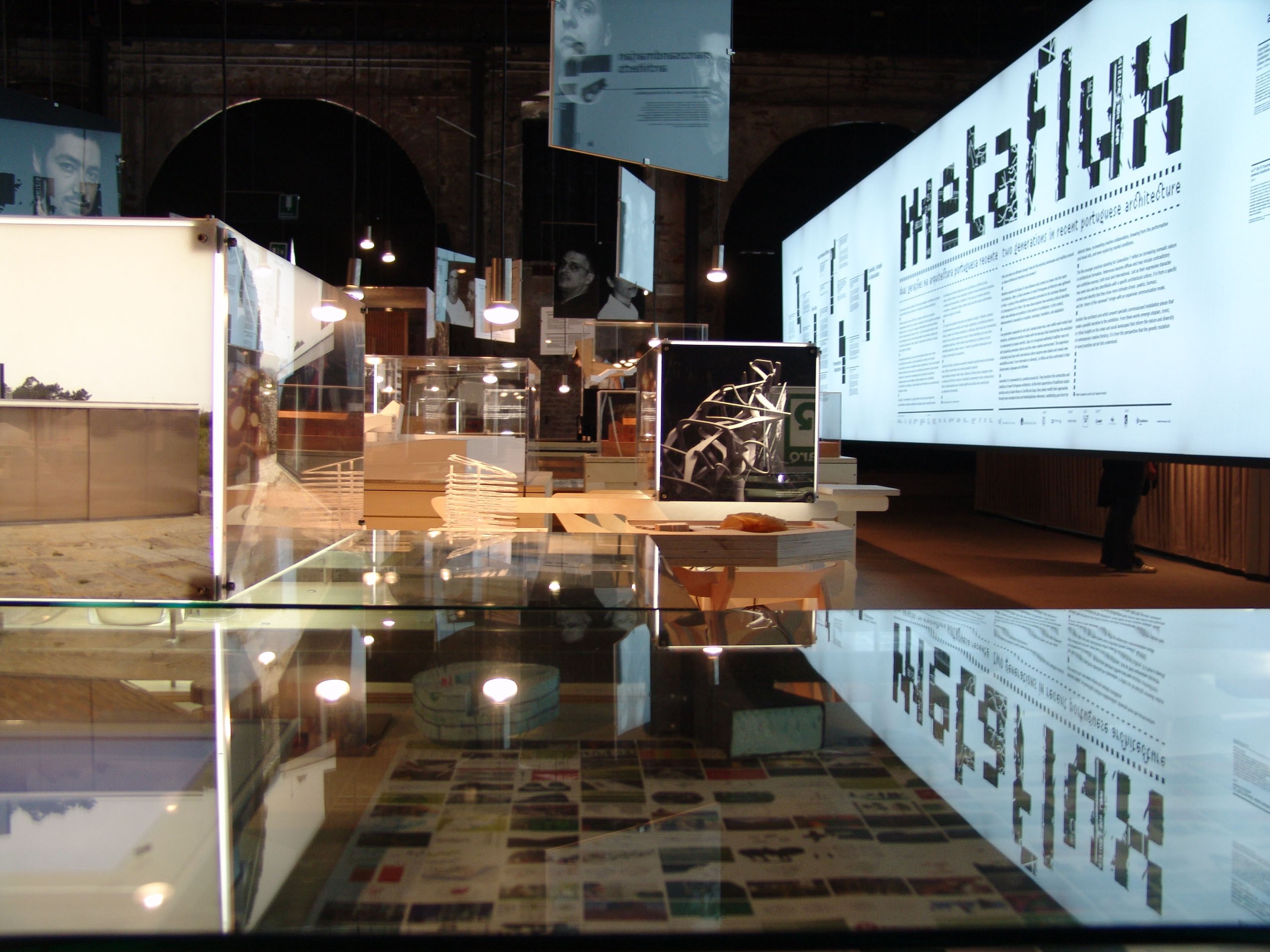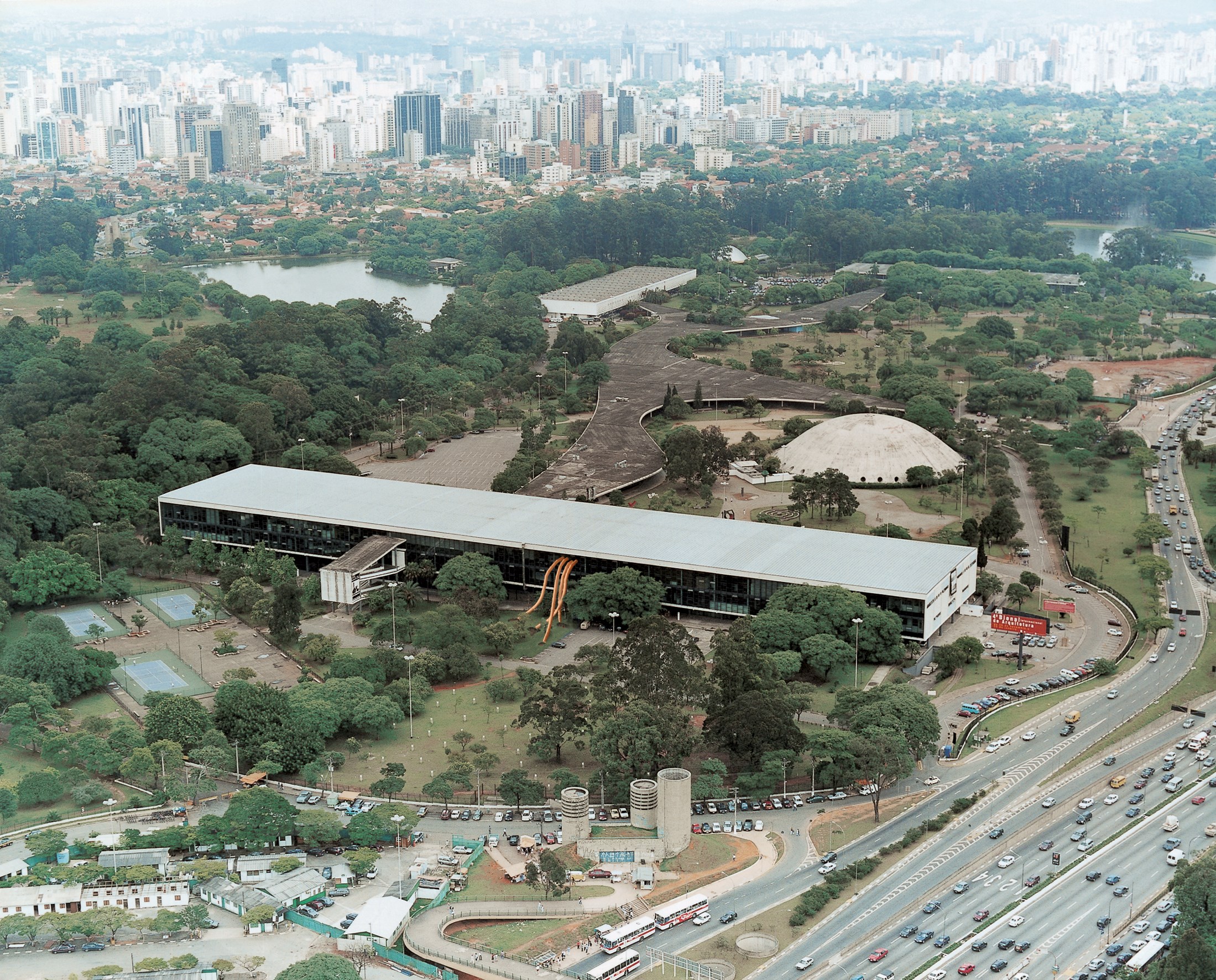CRITIq
Altars
The representativeness of Portuguese international representations
Architect, Founder of NU magazine
June 2016
Portuguese architecture does not happen, it happened. It does not live in a state of anxiety, discuss the future, look to its neighbour or understand ruptures. It limits itself to calmly cleaning its house, one drawer at a time. It is predominantly male, of a certain age and does not seem to leave behind any descendants. A moment of confession, this is not necessarily true. It is not possible to describe Portuguese architecture in this way. However, it is a possible conclusion for those who understand it through its international representations since the beginning of the century, from the Venice and São Paulo architecture biennales, to special initiatives such as the recent exhibition in Paris curated by Nuno Grande who, through his omissions, is exemplary at illustrating how an image can be different from the reality it represents. There are exceptions, though not enough to break the rule. It has been difficult to understand the present and the expectations and anxieties of Portuguese architecture through its institutional representation beyond borders. Where there should have been a mirror, there has only been a magnifying glass.
Whatever the intention and context of a representation, it presupposes the inscription of reality and the creation of an identity. Whether through excess, by default, rule or exception, collectively or by example, what is left should be implicit. Semantics is important. We can look at a representation as a gesture of identification or substitution, opting for a sample or a symbol, but we will always be generating an image. Regarding Portuguese architecture, this tendency has invariably leaned towards a second option, creating an image that can be adored, but that reveals itself as being incapable of showing us what lies beyond its direct influence. To illustrate, remains the primary intention. However, what transpires remains to be seen.
Let us look at the numbers. Biennales are not expected to be statistics centres. Proportions relating to age, geography, education or gender are not a criteria, and the choices of curators are their own. Supposedly free and hopefully subjective and never, no matter what the proposal, the product of consensus. It is also not expected that the representations embody any given mapping of Portuguese architecture or that they highlight the obvious. The problem lies in the comprehension of the whole. Time transforms any succession of events into a fabric, and what has been woven here cannot – or should not – fail to cause a certain degree of strangeness. If we carefully analyse the history of international representations presenting nationally made selections – which for example excludes the Iberian-American Architecture and Urbanism Biennale (BIAU) – and remember that there is more at stake than the quality and pertinence of the proposals, we will most certainly be confronted with disconcerting data. Since 2003, in the fourteen Portuguese presences at the Venice and São Paulo Biennales and at the Milan Triennale, there have been a total of 158 entries, some repeated, of Portuguese architects. Despite representing around half of the architects in Portugal, only 20 were women – of which more than half were incorporated into the 2014 Venice Biennale. This same anachronistic imbalance reveals itself with the curators: out of 26, only 7 were women, even though there is no apparent discrepancy between the number of women and men in the fields of criticism and curating. This is not a mere detail, it is a pattern.

It is equally difficult to understand that the aforementioned 2014 representation in Venice, “Homeland: News From Portugal”, curated by Pedro Campos Costa, stands out as the most expressive by including a significant number of architects born after 1970, despite the fact that these represent around 80% of Portuguese architects. That edition is also, along with “Metaflux”: the 2005 Venice Biennale representation, curated by Pedro Gadanho and Luís Tavares Pereira, one of the few examples of a presentation (at the time) of the work of younger generations in an international representation. Indeed, “Metaflux” seemed to indicate a new direction that failed to be followed, representing a less conventional form of exhibition and a clear desire to discuss new themes and protagonists, who in turn and despite the existence of some more or less evident affiliations, represented a transition phase for Portuguese architecture. However, the path chosen has been one of moving back towards a narrative that affirms a unity in Portuguese architecture that does not survive when examined through a broader perspective. As such, a sense of urgency has been lost to the detriment of a false consensus.

In fact, the history of Portuguese representations has been defined by a certain reverence towards the canon, favouring a conventional format that is closer to the presentation of work than to the pursuit of research and disciplinary discussion, with an elevated use but involving little risk. This contrasts with the distinct case of the 2005 São Paulo Biennale with a representation headed by Pedro Bandeira, entitled “Emergency Entry”, a project with a speculative nature that is also a rare example of experimentation. As is only natural, it is safer to describe than to debate. This is not to question the quality and consistency of the projects, or their agents, but it reveals the necessity to ask a question: collectively, what do the international representations of Portuguese architecture represent?

Let us recall “Homeland”, represented in Venice in the form of three newspaper editions, comprising the more visible result of a multidisciplinary project spanning several months and involving various teams and interventions in the field. The debate was indicative of a country in a state of indefiniteness, more preoccupied with the questions that gradually determine a present (going through an accelerated transformation), than with the cataloguing of works and authors. Here, the irony emerges in the form of a project that is based on a newspaper being perceived as one of the few three-dimensional international representations of Portuguese architecture, rejecting a uniforming point of view.
Which leads us to a final consideration about an exhibition that, more than an example, is a symptom. As the name indicates, the aforementioned "Les Universalistes: 50 ans d’architecture portugaise" exhibition, conceived by Nuno Grande for the Gulbenkian Foundation in Paris, sets out to represent the last 50 years of national architecture through the presentation of 50 projects. Of these, 8 are by Álvaro Siza. There was no space for any project by an architect under the age of 50 and out of 51 represented architects, only 1 was a woman. This could be a case of blindness, but it is worse: it is an ideological negation. On this topic, Nuno Grande remarked: “I tried to find projects, it is always difficult to select 50 people in the middle of so many talented individuals [and] just as it is from father to son and from master to disciple, some methodological continuities are preserved"2. Indeed, the proclamation of a Portuguese architecture that serenely develops in lineages, ignoring and devaluing at least two generations of architects who, coming from new contexts of education and access to the profession, have in reality been inspired by multiple un-restricted references, disregarding the masters as formal models without rejecting them. Above all else, there is the insistence of a fictitious Portuguese architecture, when increasingly what we have is an architecture made by Portuguese individuals. While some stars are deservingly included, the remaining elements are not all reduced to followers.
We are therefore talking about fiction. We know that architecture is slow, but the critical view of Portuguese architecture seems to move too often in a permanent rotation over the same territory. The effect is that of a spinning top. It is true that there is no one truth, that any framework is a choice that simultaneously underlines and excludes, yet some frameworks are more faithful to reality than others, and it is certainly not by diminishing debate and casting aside vast parts of its territory that Portuguese architecture will fulfil itself. It would be useful to determine if the pattern that has emerged in this context of representation compromises the same territory it seeks to reveal, discuss and energise. It certainly seems like it does. ◊